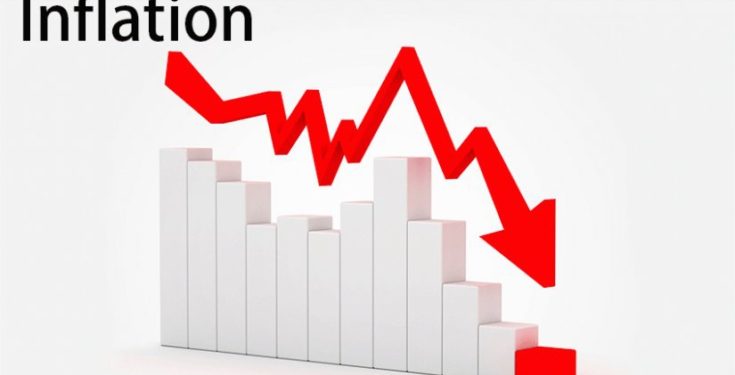The rate of inflation slowed to 11.5 per cent year on year in August from 12.1 per cent in July, the Ghana Statistical Service said on Wednesday.
This is the lowest inflation rate in almost four years and marks the 8th month in a row of decline.
The overall prices fell by 1.3 per cent between July and August 2025, meaning some relief for households.
Dr. Alhassan Iddrisu, the Government Statistician, said food inflation is now 14.8 per cent, and food prices fell by 2.5
per cent in one month, while non-food inflation declined to 8.7 per cent from 9.5 per cent in July 2025.
He said prices of non-food items reduced slightly by 0.1 per cent between July and August 2025.
The Government Statistician said inflation for goods dropped to 13.9 per cent from 14.2 per cent in July.
Overall prices of goods fell by 1.6 per cent between July and August 2025.
He said inflation was higher for local items than imports, while imported prices were easing faster, thanks to a stronger exchange rate and lower global cost pressures.
Dr Iddrisu said inflation varied sharply across regions, driven by supply, transport, and market access, and must be monitored so no area was left behind.
Upper East recorded the highest regional year on year inflation rate of 21.8 per cent with Bono East with the lowest of 6.1 per cent.
On month-on-month basis Upper East Region recorded the lowest regional inflation rate of -3.2 per cent, while Volta recorded the highest regional inflation rate of -0.3 per cent.
He said the bottom line was that inflation continued to decline across food, non-food, and goods categories, with both imported and local price pressures easing and regional differences becoming clearer.
“This marks real progress toward price stability and provides a solid foundation for growth, jobs, and investment,” he added.
He recommended that with lower inflation, there was a green light to invest and stay competitive.
He said for households, the falling prices privided the chance to save more and shop smarter, while the government is locking in disinflation with fiscal discipline and stronger local supply chains.













